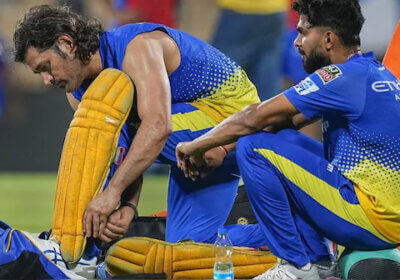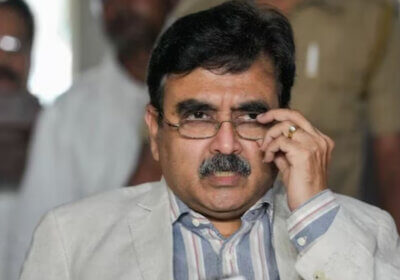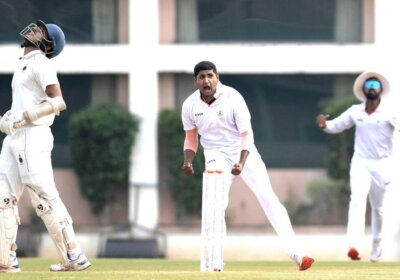India’s Chandrayaan-3 spacecraft has successfully made a soft landing on the Moon’s south pole, joining the US, China, and the former Soviet Union as the fourth nation to do so. The mission, launched on July 14, landed successfully on August 23. Prime Minister Narendra Modi called it a “historic movement” and praised its success. The mission will benefit scientists worldwide and demonstrate that developing nations can travel to the Moon.
India’s mission aims to showcase cutting-edge technology for extraterrestrial missions, with “Pragyaan,” a rover on board the Vikram lander, analyzing the Moon’s surface’s chemical composition and looking for water. The mission will also study the gases released during the melting of a regolith sample using its laser beams. India will gain access to a wealth of information about the lunar surface and its potential for future human habitation.
Chandrayaan-3 makes a successful moon landing, writing history for India
Chandrayaan-3: India became the first nation to set foot on the South Pole of the Moon, making history in the process. Indians and space scientists received praise for their accomplishments from PM Modi.
India Joins the Premier Space Club
India’s Chandrayaan-3 has touched down at the south pole of the Moon. India has now joined the US, China, and the former Soviet Union as the fourth nation to successfully make a soft landing on the Moon’s surface, thanks to the moon mission’s success.
“Historic movement,” PM Modi
Nationwide jubilation followed the Chandrayaan-3 lander module’s successful soft landing. The “bugle for a developed India” recently sounded, according to Prime Minister Narendra Modi, who called it a “historic movement.”
“The success of Chandrayaan-3 belongs to everyone,” PM Modi
According to PM Modi, India’s Moon mission will benefit scientists across the globe. “We should all desire to the Moon and abroad,” he added. He continued, “This demonstrated that developing nations can also travel to the Moon.”
ISRO’s tweet on X
Mission Chandrayaan-3: Chandrayaan-3 exclaimed, “India, I’ve arrived at the finish line and you too!” The Chandrayaan-3 spacecraft made a successful soft landing on the Moon. Greetings from India!”
The illustrious landing of Chandrayan 3
In anticipation of the historic lunar touchdown, fervent celebrations and prayers occurred. The landing event is currently live-streamed by ISRO on its website. On July 14, Sriharikota launched the Chandrayaan-3 mission. At a speed of 1.68 km/s, the Vikram lander began to descend towards the lunar surface. Then, the lander slowed down before starting a powered descent to the Moon’s surface.
What does “soft landing” mean?
A regulated descent following the landing of a spacecraft on the lunar surface becomes known as a soft landing. Neither the spacecraft nor the scientific equipment on board have any significant harm during this process.
What Does India Want To Achieve With Its Mission To The Moon?
# Additionally, the mission will showcase cutting-edge technology for extraterrestrial missions.
# “Pragyaan,” a rover on board the Chandrayaan-3 lander called Vikram, will analyze the Moon’s surface’s chemical composition and look for water.
# To study the gases released during the melting of a regolith sample from the lunar surface, Pragyaan will use its laser beams to melt the regolith.
# India will gain access to a wealth of information about the lunar surface and its possibilities for future habitation by humans through this mission.
The Moon Race Warms Up With India’s One Gigantic Step, Chandrayaan-3
Today marks the end of India’s latest lunar push, which draws both established and new ones. India is attempting to become the first country to land a spacecraft on the Moon’s south pole. The attempt by Delhi comes a few days after Russia’s Luna-25 probe made a disastrous collision landing on the Moon.























Pingback: A Successful Chandrayaan-3 Mission Boosts Stock Market
Pingback: Why Chandrayaan-3 Chose the South Pole
Pingback: Chandrayaan-3: What has Pragyan Rover seen so far?
Pingback: India aims at sending an astronaut to the moon by 2040